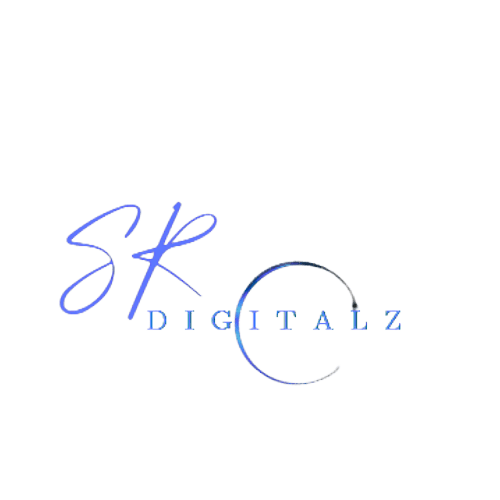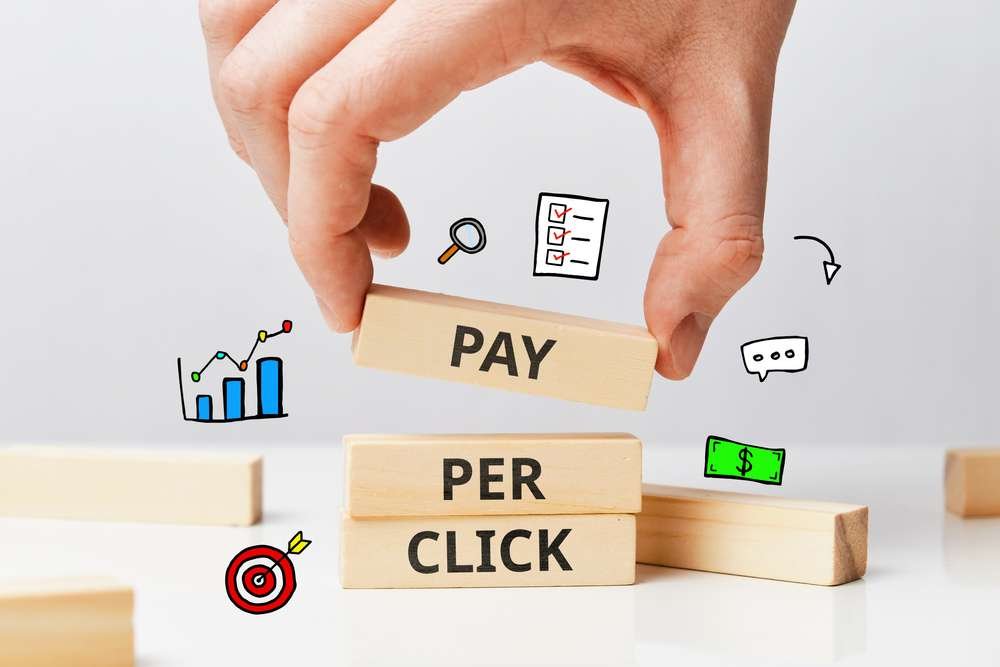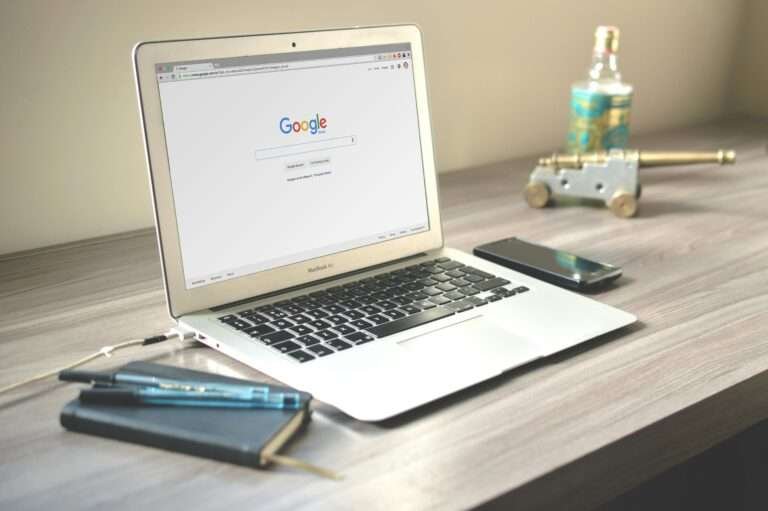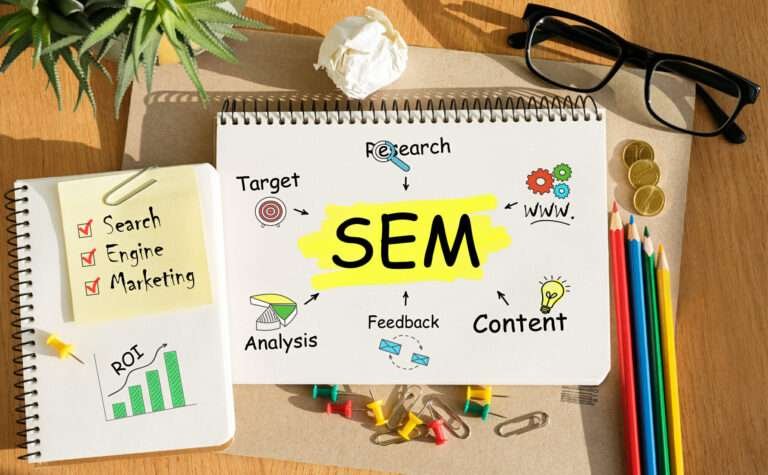The Future of PPC Advertising: AI and Automation in Google Ads 2025
Introduction
The landscape of PPC advertising is rapidly evolving, and 2025 will be a pivotal year for marketers. Google Ads, the leading PPC platform, is transforming how businesses interact with their target audience by quickly incorporating automation and artificial intelligence. AI-driven ad creatives and automated bidding have made PPC advertising more intelligent, efficient, and personalized than ever before.
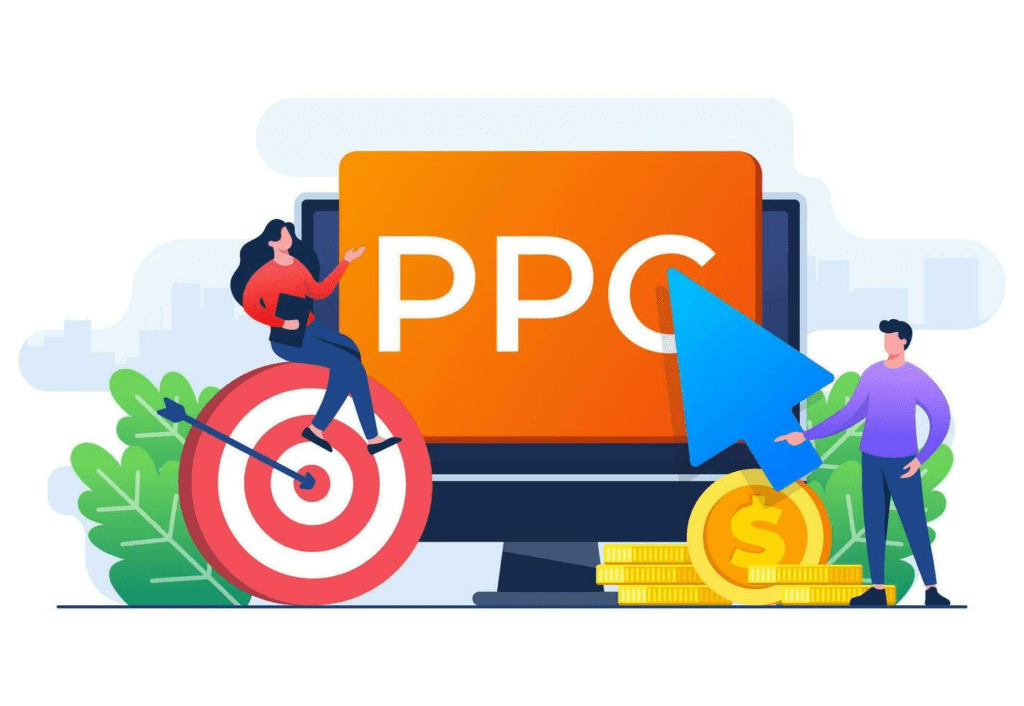
The primary themes affecting PPC advertising in 2025, how AI is driving automation, and what marketers need to do to stay competitive will all be covered in this blog post.
The Role of AI in PPC Advertising
AI is revolutionizing Google Ads by optimizing ads through the analysis of massive volumes of data. In 2025, AI will influence PPC in the following ways:
1. Smart Bidding Gets Smarter
Ad placements are now optimized by Google’s Smart Bidding algorithms using real-time data, but they will go even farther by 2025. Anticipate:
- Automated goal-based optimization: AI will evaluate corporate objectives and modify proposals as necessary.
- Predictive analytics: To find the optimal bid strategy, AI will predict user behavior.
- Multi-touch attribution modeling: AI will give various client interactions a value in order to improve conversion tracking.
2. AI-Generated Ad Copy and Creatives
Multiple headline and description variations are already produced by Google’s AI-powered responsive search advertising (RSAs). By 2025, AI will:
- Create ad copy that is highly customized based on user activity.
- To increase engagement, use AI-generated images for display advertisements.
- Real-time communications optimization can be achieved by utilizing natural language processing (NLP).
3. Voice Search and Conversational Ads
As the use of voice search grows, PPC advertising will have to change. AI will:
- Make PPC campaigns voice-friendly by optimizing advertising for voice search queries.
- Turn on conversational AI advertisements so that users may speak commands to engage with them.
- Enhance search query natural language processing (NLP) to improve ad targeting.
4. AI-Powered Audience Targeting
Google’s AI will improve audience targeting even further by:
- Serving hyper-targeted advertisements by examining user intent and online activity.
- Using segmentation powered by AI to dynamically group audiences.
- Utilizing machine learning to forecast purchase intent in order to improve ad placement.

5. Automated Video Advertising
AI will help Google Display Network and YouTube Ads in:
- Automated production of video ads according to viewer preferences.
- AI-driven personalization that displays various ad versions to various user segments.
- Video advertising are optimized with improved predictive performance tracking.
Automation in Google Ads: The Future of Campaign Management
Automation will be essential to streamlining campaign administration and increasing productivity. Here’s how:
1. Fully Automated Campaigns
With Google Ads, PPC campaigns are becoming entirely automated, meaning that advertisers only need to define goals—AI will take care of the rest. Features will consist of:
- Keyword tactics that are automatically produced depending on search trends.
- Ad creatives can undergo real-time A/B testing with automated modifications.
- Campaign budget distribution that is automated for best results.
2. AI-Driven Performance Max Campaigns
Automation is already being used by Google’s Performance Max campaigns to increase conversions on all Google properties. By 2025, they will:
- To determine which ad locations will result in the maximum return on investment, use deep learning.
- Use engagement analytics to automatically optimize creatives.
- Give campaign modifications and real-time analytics without requiring human participation.
3. Predictive Ad Spend Optimization
AI will assist advertisers in:
- Automatically reallocating resources and identifying wasteful ad expenditure.
- Supplying models for estimating future ad performance.
- Recommending real-time bid modifications in response to market swings.
Challenges of AI and Automation in PPC
Automation and artificial intelligence have many advantages, but there are drawbacks as well:
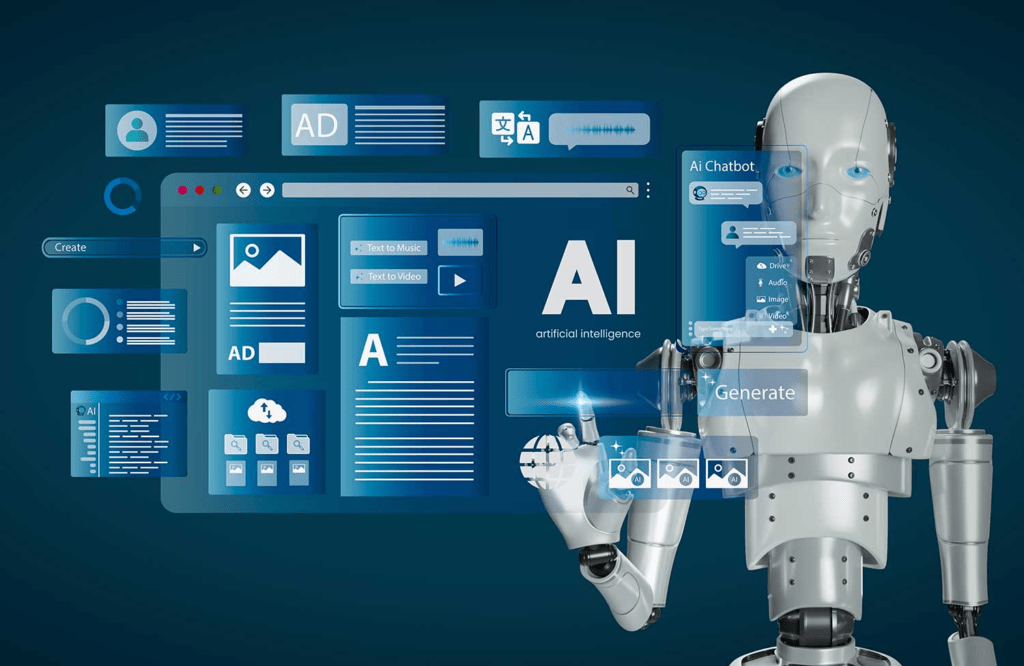
1. Loss of Control
- Advertisers may have less manual control over campaigns as automation increases.
- Decisions made by Google’s AI might not always be in line with certain company plans.
2. Dependence on Data Quality
- Since AI depends on accurate data, ads that use subpar data may not be successful.
- To achieve the greatest outcomes, businesses must maintain data hygiene.
3. Privacy and Compliance Issues
- PPCs powered by AI must abide by the GDPR and other data protection laws.
- AI’s ability to target consumers may be limited by stricter tracking regulations
How Businesses Can Prepare for the Future of PPC
To stay ahead in 2025, businesses should:
- Embrace AI-Driven PPC Tools: Make use of Google’s AI-powered tools, such as Performance Max, Smart Bidding, and Responsive Search Ads.
- Optimize for Voice and Visual Search: PPC tactics should be modified for image-based and conversational searches.
- Leverage First-Party Data: Businesses need to develop robust first-party data strategies as third-party cookies become less common.
- Test and Adapt: Test AI-generated ad creatives frequently and make adjustments based on performance data.
- Stay Compliant: Make sure every campaign complies with Google’s changing regulations and privacy laws.
Conclusion
AI and automation will drive PPC advertising in 2025, making ads more intelligent, effective, and precisely targeted. Businesses who use automation and AI-powered solutions will have a competitive advantage in digital advertising as Google Ads develops further.
